Chittorgarh Fort: A Journey Through Rajasthan's Glorious Past
Located in the heart of Rajasthan, India, Chittorgarh Fort is a testament to the rich history, valor, and grandeur of the Rajput dynasty. This colossal fort, perched atop a hill, is a living monument that narrates the tales of bravery, sacrifice, and romance that are woven into the fabric of Rajasthan's folklore. As I stepped into the massive complex, I was transported back in time, ready to embark on a journey through the glorious past of Chittorgarh.
Entering the Fortress
As I approached the imposing gates of Chittorgarh Fort, I was struck by its sheer size and grandeur. The fort spans over 700 acres, making it one of the largest forts in India. I entered through the Padal Pol, the main entrance gate, and was greeted by the massive walls, intricate carvings, and awe-inspiring architecture that adorned the fort.
I made my way through the narrow winding lanes, past ancient temples, palaces, and ruins, each with its own story to tell. The Vijay Stambh, or the Tower of Victory, stood tall, showcasing exquisite Rajput architecture and ornate carvings. I climbed to the top, rewarded with panoramic views of the surrounding countryside, and imagined the victorious Rajput warriors who once celebrated their conquests from this very spot.
Exploring the Palaces
I delved deeper into the fort, exploring the palaces that once housed the Rajput royals. The Rana Kumbha Palace, with its intricate carvings and grand halls, was a testament to the opulence and grandeur of Rajput architecture. The Padmini Palace, famous for its reflection pool and romantic tales of Rani Padmini, left me mesmerized with its exquisite beauty and rich history.
As I wandered through the palaces, I could almost hear the echoes of the past, the whispers of the Rajput queens, and the tales of valor that once resonated through these hallowed halls. The stories of Rani Padmini's legendary beauty, Rana Kumbha's architectural brilliance, and the sacrifices of Rajput warriors unfolded before my eyes, igniting a sense of awe and admiration for their indomitable spirit.
Visiting the Temples
Chittorgarh Fort is also renowned for its ancient temples, which are an integral part of its cultural heritage. I visited the Kumbha Shyam Temple, a magnificent temple dedicated to Lord Vishnu, adorned with intricate carvings and exquisite sculptures. The Kalika Mata Temple, dedicated to the fierce goddess Kali, exuded an aura of mysticism and devotion.
One of the highlights of my temple tour was the Meera Temple, dedicated to the famous Rajput princess and poetess, Meera Bai. The temple reverberated with the devotion and love that Meera Bai had for Lord Krishna, and I was captivated by the tales of her unwavering faith and devotion, which continue to inspire millions even today.
Sunset at Gaumukh Reservoir
As the sun began to set, I made my way to Gaumukh Reservoir, a sacred water body located within the fort. The reservoir is believed to be the source of the Ganges River, and a holy place for pilgrims. The serene waters, surrounded by rugged cliffs and greenery, created a picturesque setting for the sunset.
I sat by the reservoir, soaking in the peaceful ambiance and reflecting on the rich history and legends that had unfolded within the walls of Chittorgarh Fort. The colors of the sky changed from golden to fiery orange as the sun dipped behind the horizon, casting a warm glow over the fort. It was a moment of pure serenity, and I felt grateful to be able to witness such a breathtaking sight in this ancient fort that held so much significance in Rajasthan's history.
Departure from Chittorgarh Fort
As my time at Chittorgarh Fort came to an end, I couldn't help but feel a sense of reverence for this magnificent monument that stood as a testimony to Rajasthan's glorious past. The tales of valor, sacrifice, and love that echoed within its walls had left an indelible mark on my heart.
I bid farewell to Chittorgarh Fort, leaving with memories that would stay with me forever. The intricate carvings, majestic palaces, ancient temples, and awe-inspiring architecture had painted a vivid picture of Rajasthan's rich heritage and culture. It was a journey through time that had deepened my understanding of Rajasthan's history and left me with a newfound appreciation for its rich legacy.
How to Reach:
Chittorgarh is 300 km from Jaipur, 200 km from Udaipur, and 312 km from Jodhpur. The most convenient way to reach Chittorgarh is to hire a taxi from Udaipur which is approximately a 2-hour drive. Udaipur Airport also called the Maharana Pratap Airport is the nearest airport to Chittorgarh.
Chittorgarh Railway station is well connected with most of the major cities of India. You can take an Auto Rickshaw or taxi from the railway station to the fort.
Travel Tips:
- Wear comfortable footwear as the fort is vast, and you'll be doing a lot of walking.
- Hire a knowledgeable guide who can regale you with the fascinating stories and legends associated with the fort.
- Respect the cultural heritage of the place by following the rules and regulations, and avoiding any damage to the historical structures.
- Visit early in the morning or during the cooler months to avoid the scorching heat of Rajasthan.
- Take a moment to sit and soak in the serene atmosphere, especially during sunset, as it's a truly mesmerizing experience.
In conclusion, Chittorgarh Fort is a treasure trove of history, culture, and architectural marvels that should not be missed on a trip to Rajasthan. It's a journey through time that will leave you awe-inspired and enriched with a deeper appreciation for India's rich heritage. So, pack your bags, put on your adventure hat, and embark on an unforgettable trip to Chittorgarh Fort to discover the splendor of Rajasthan's glorious past!
This article was originally published in April 2023 and updated in April 2023.



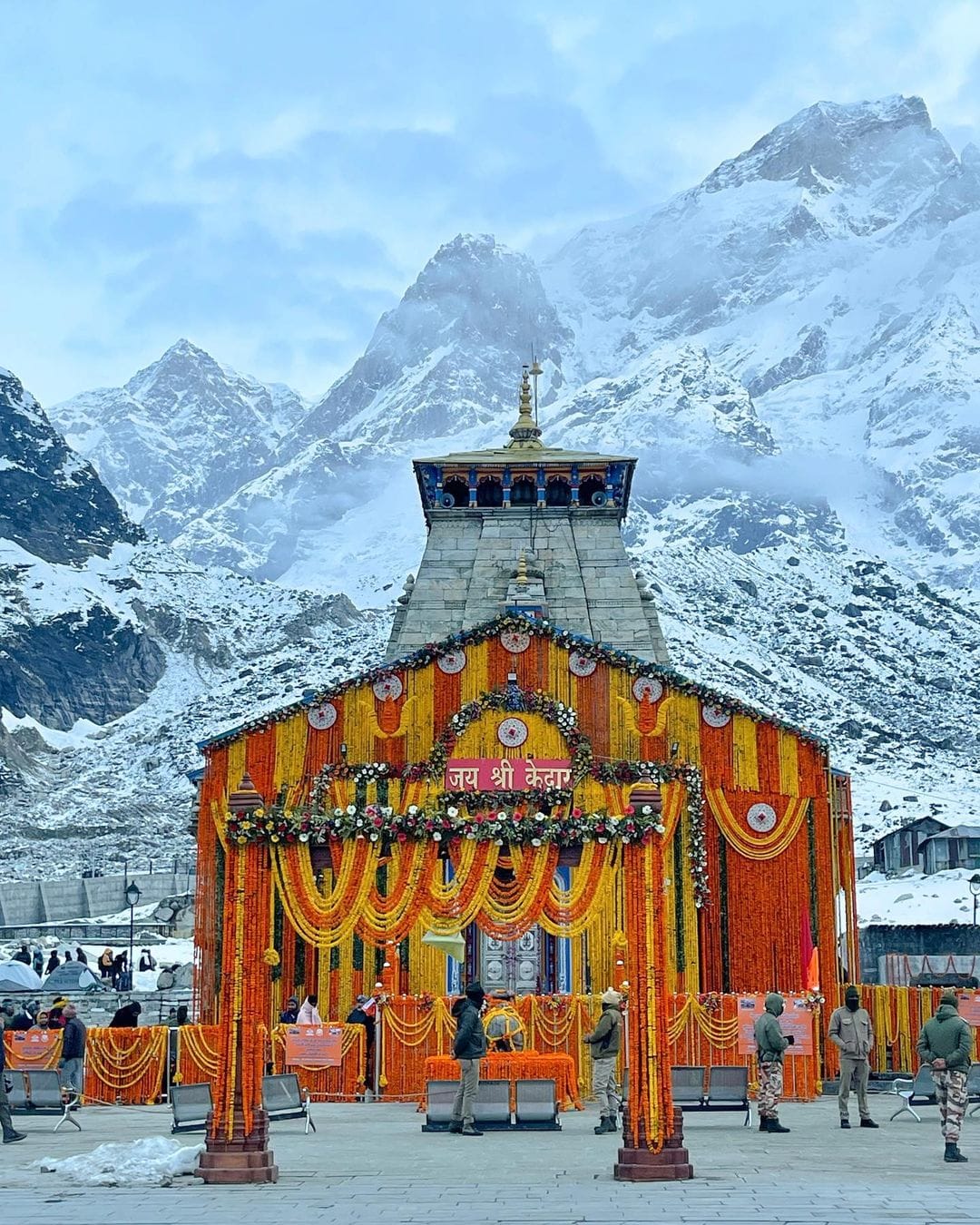




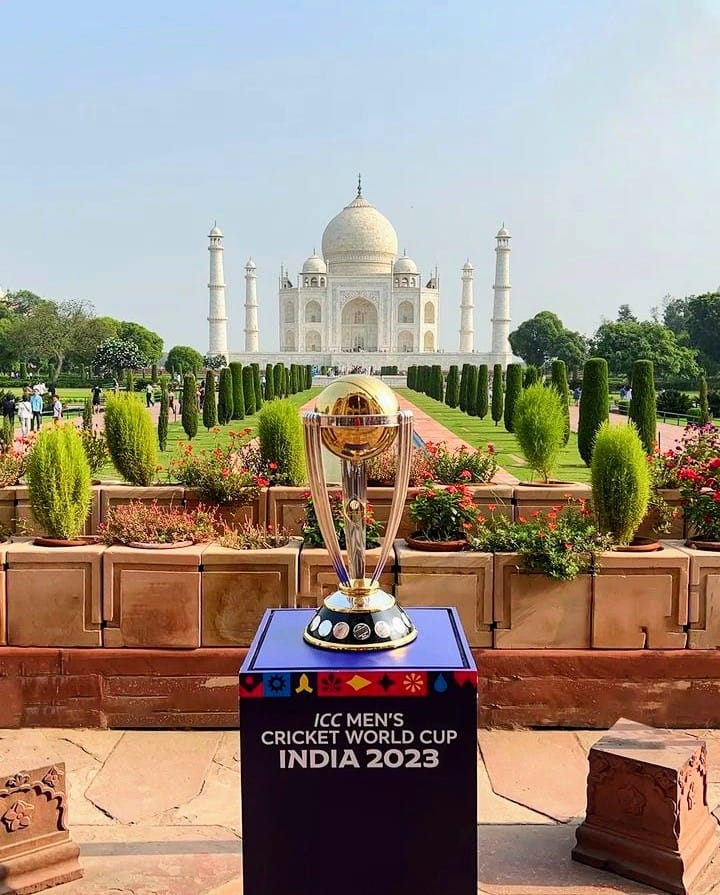
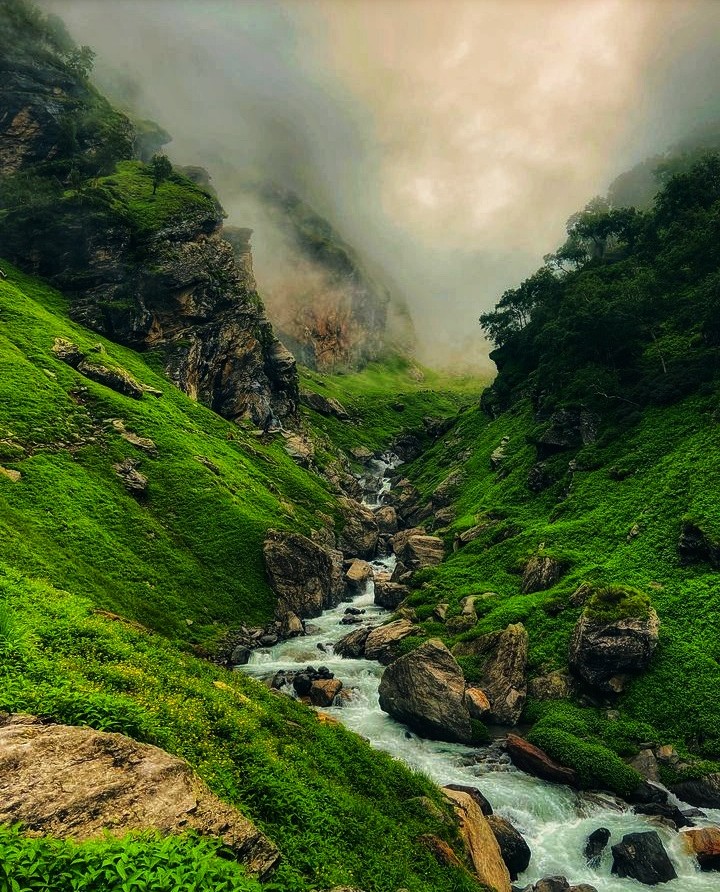


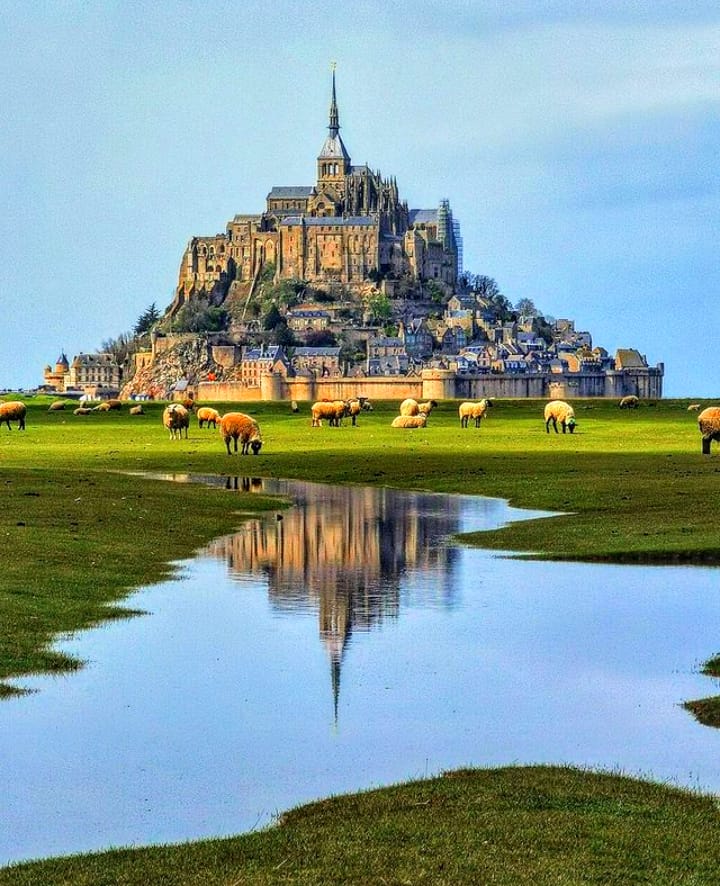
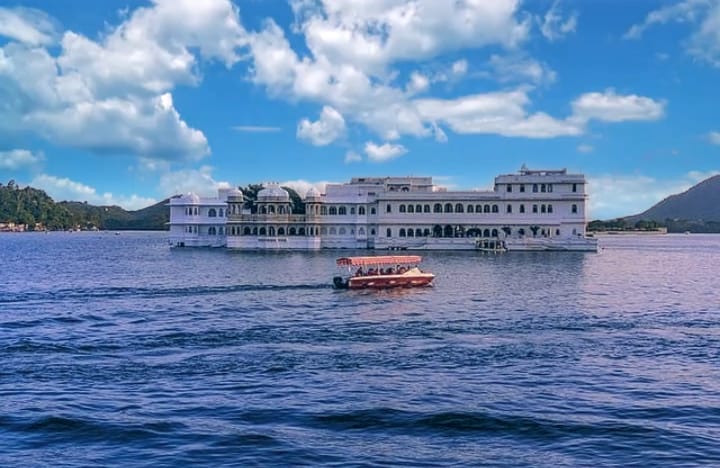
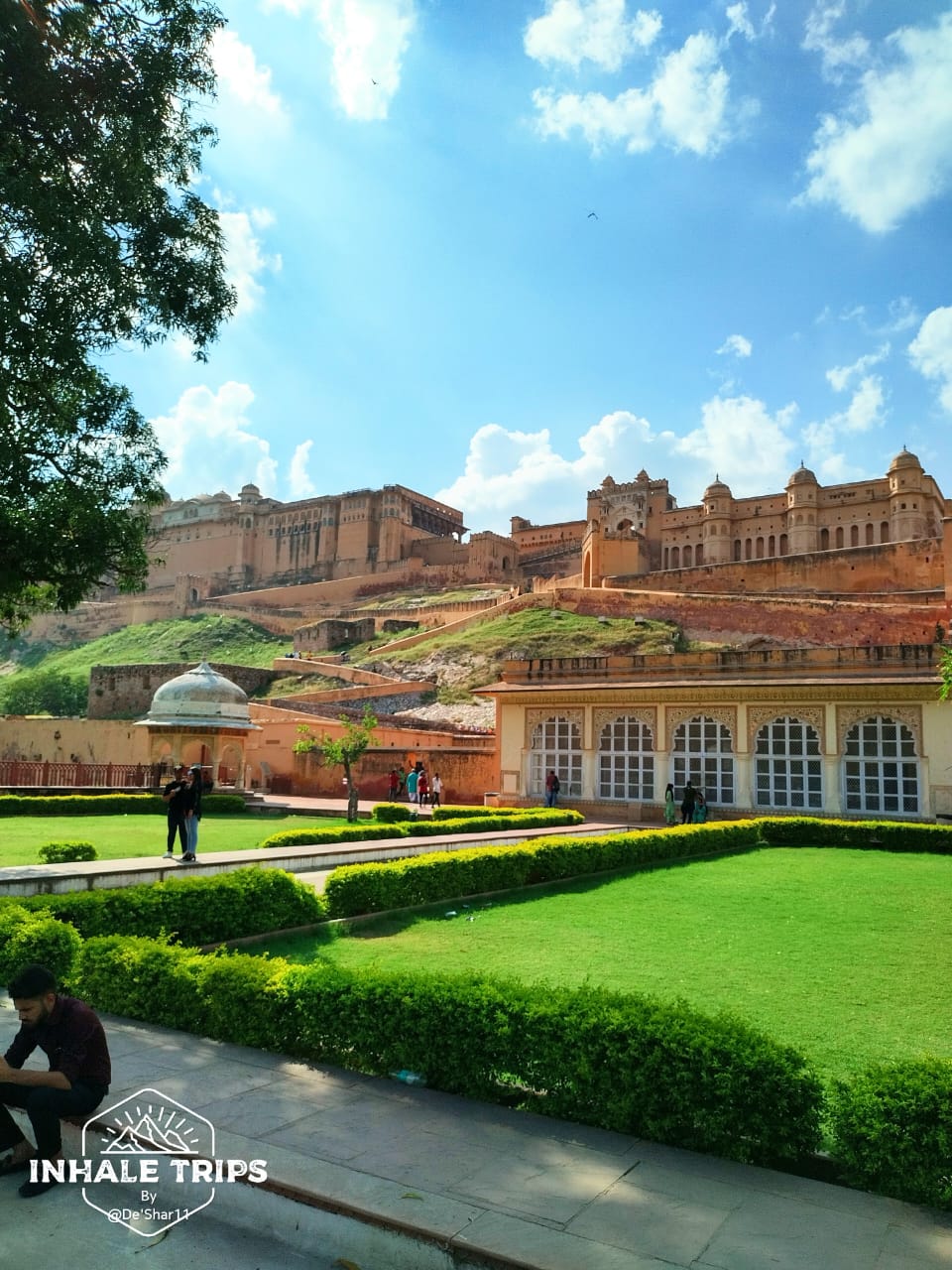


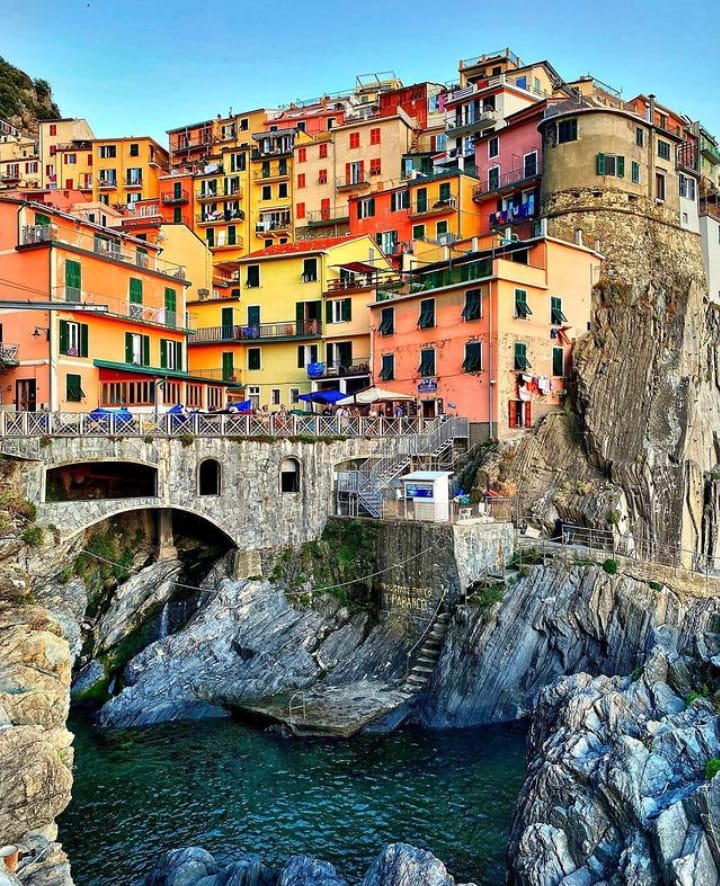
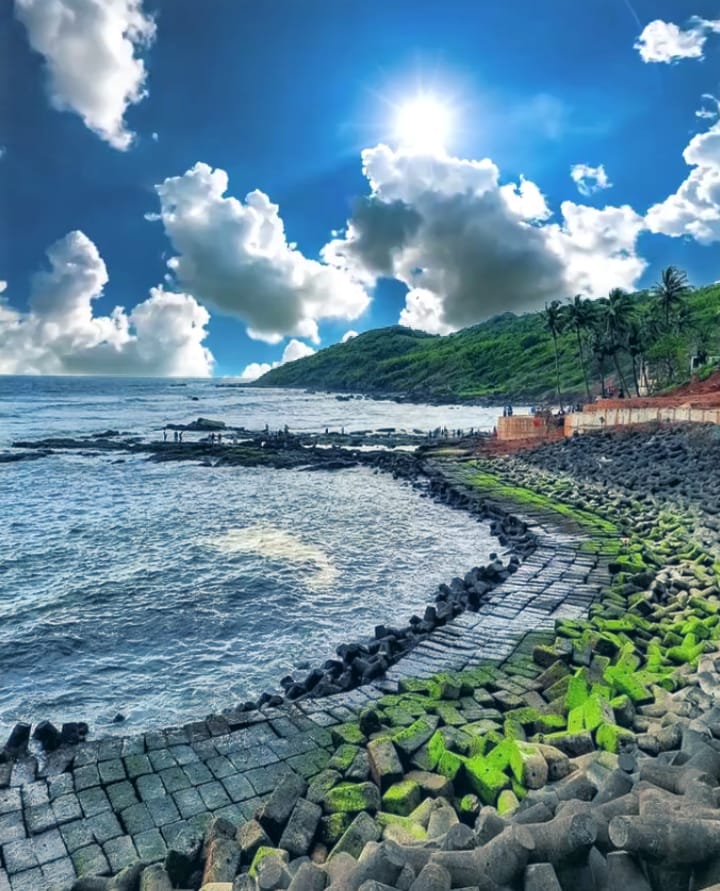
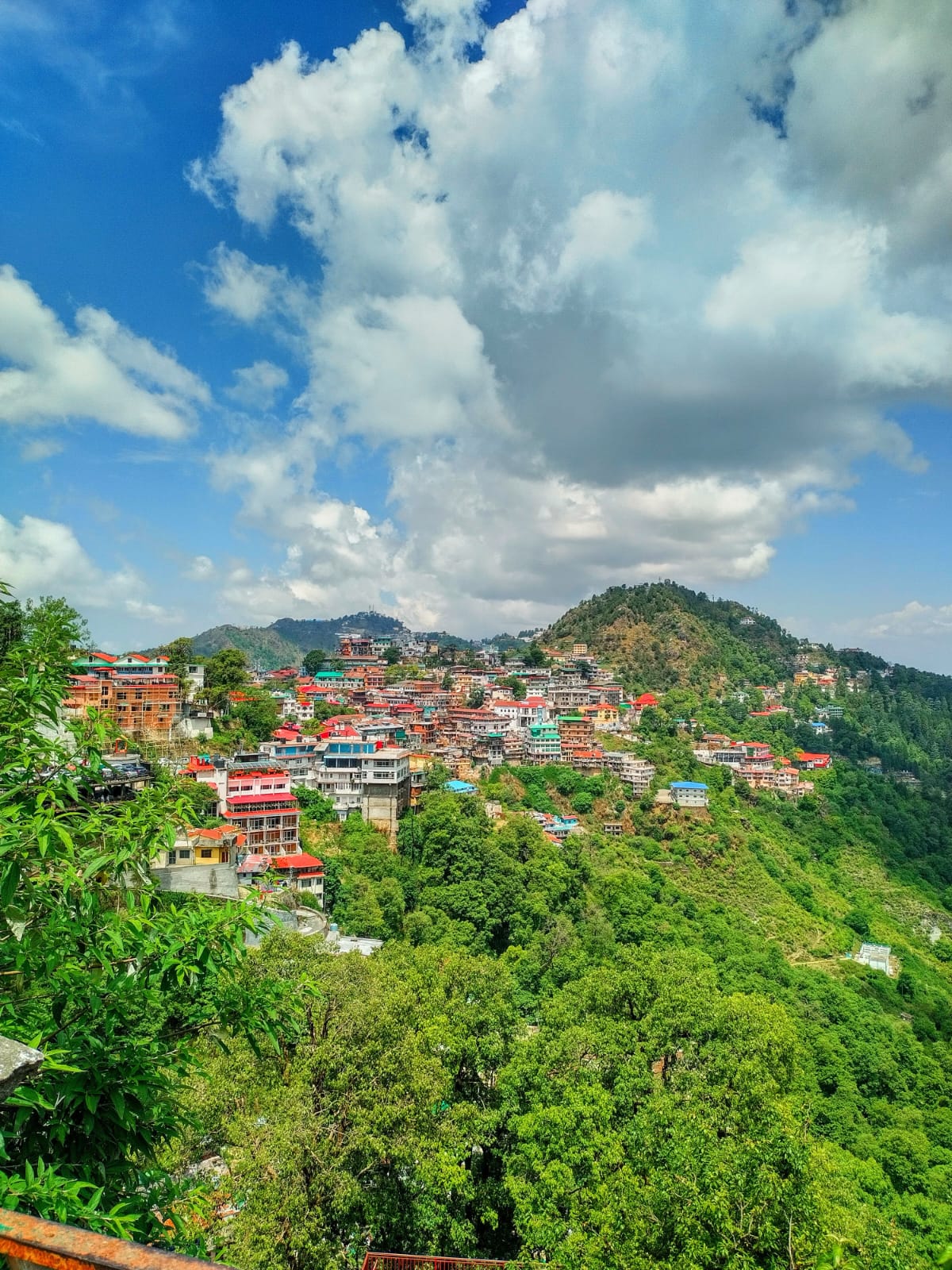
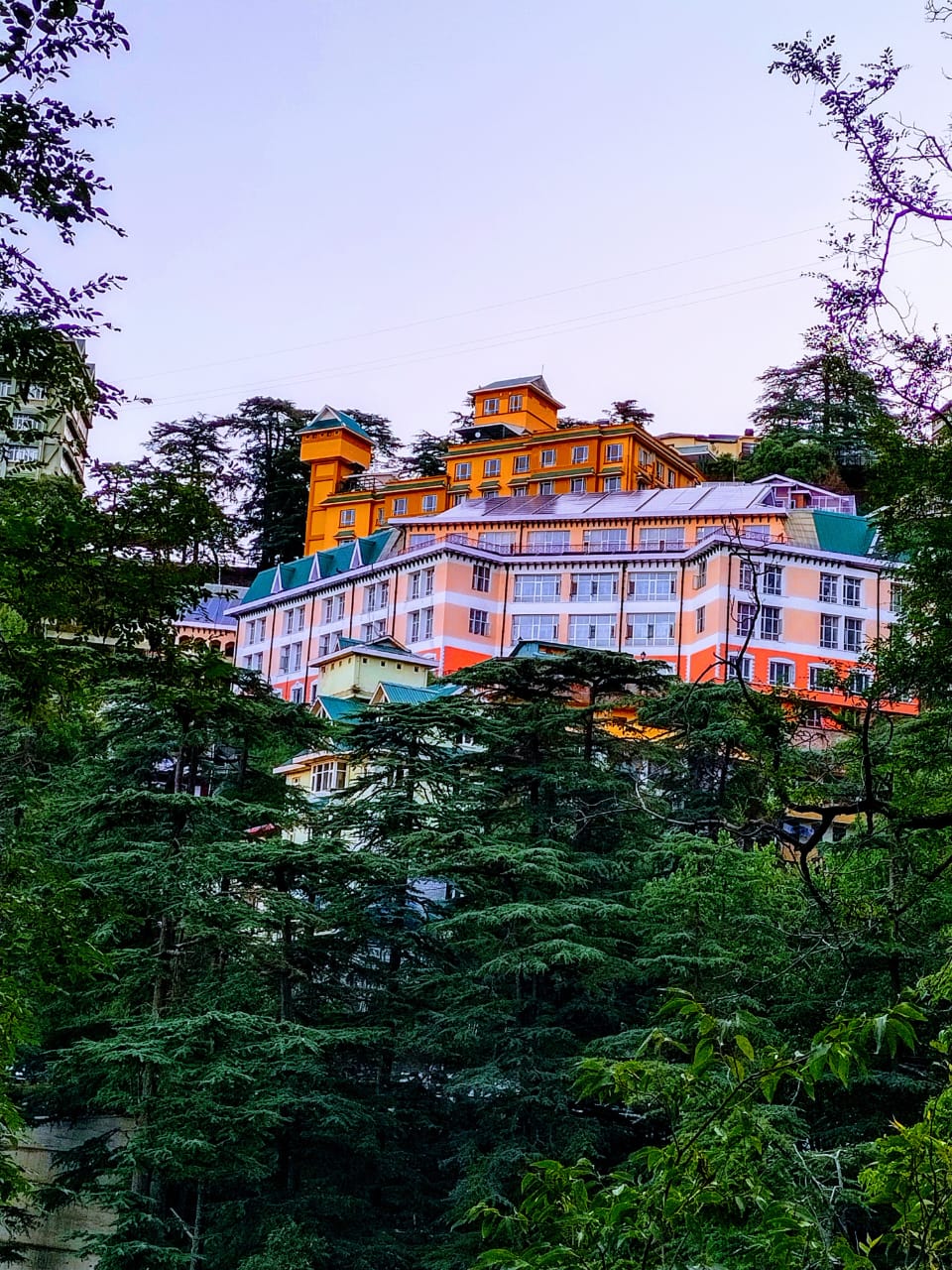
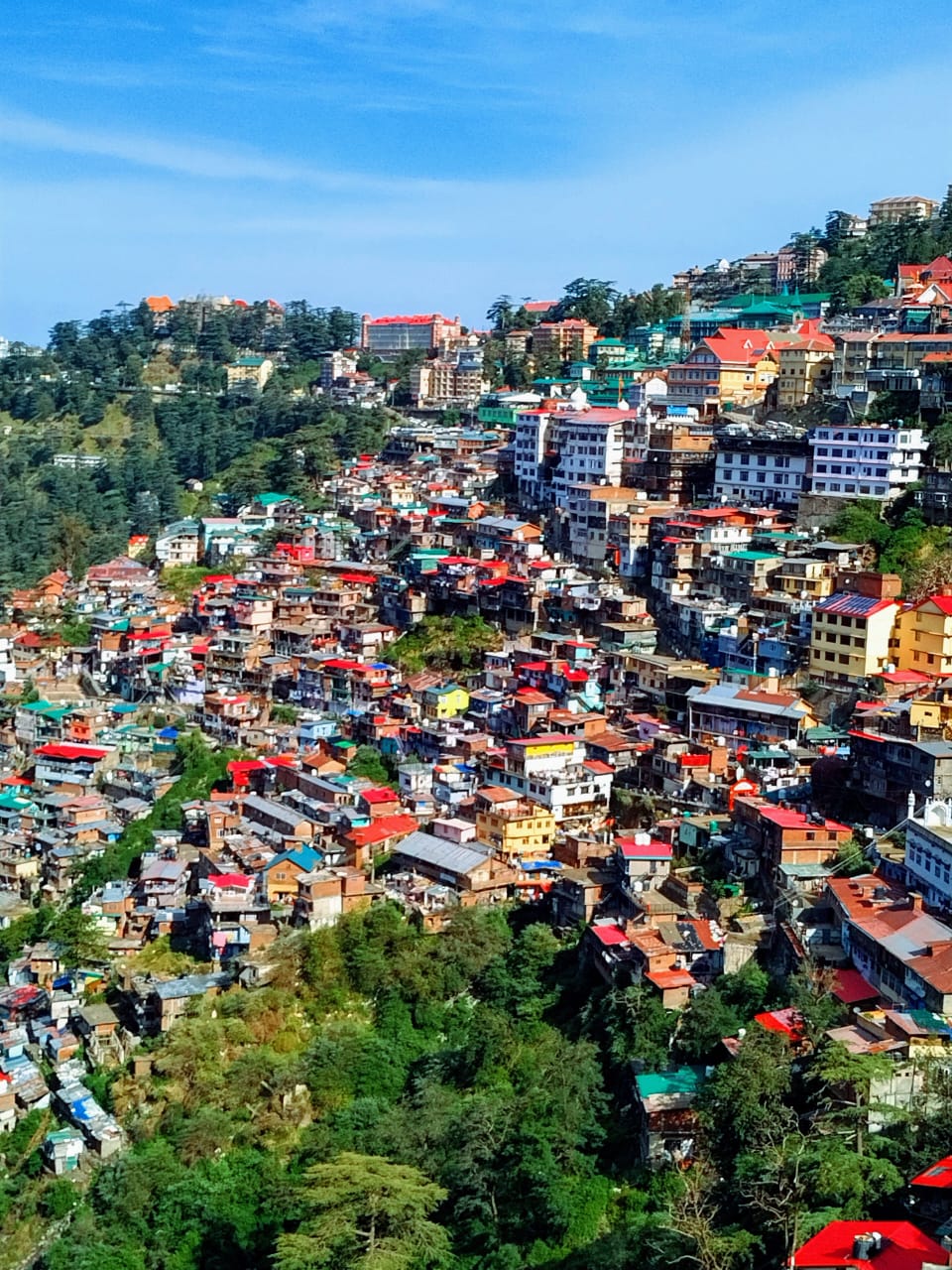



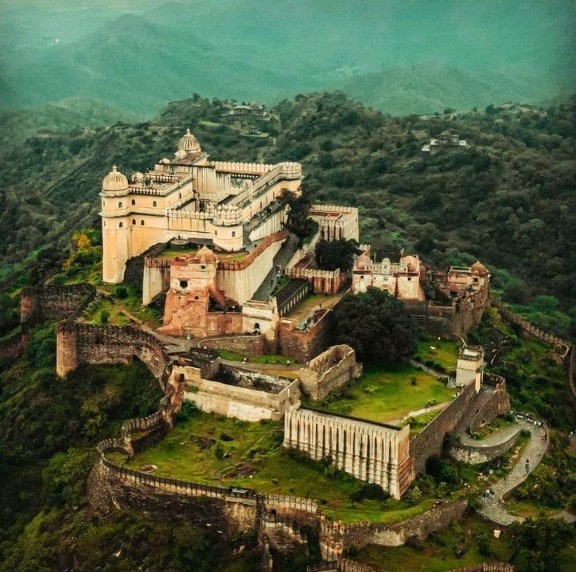
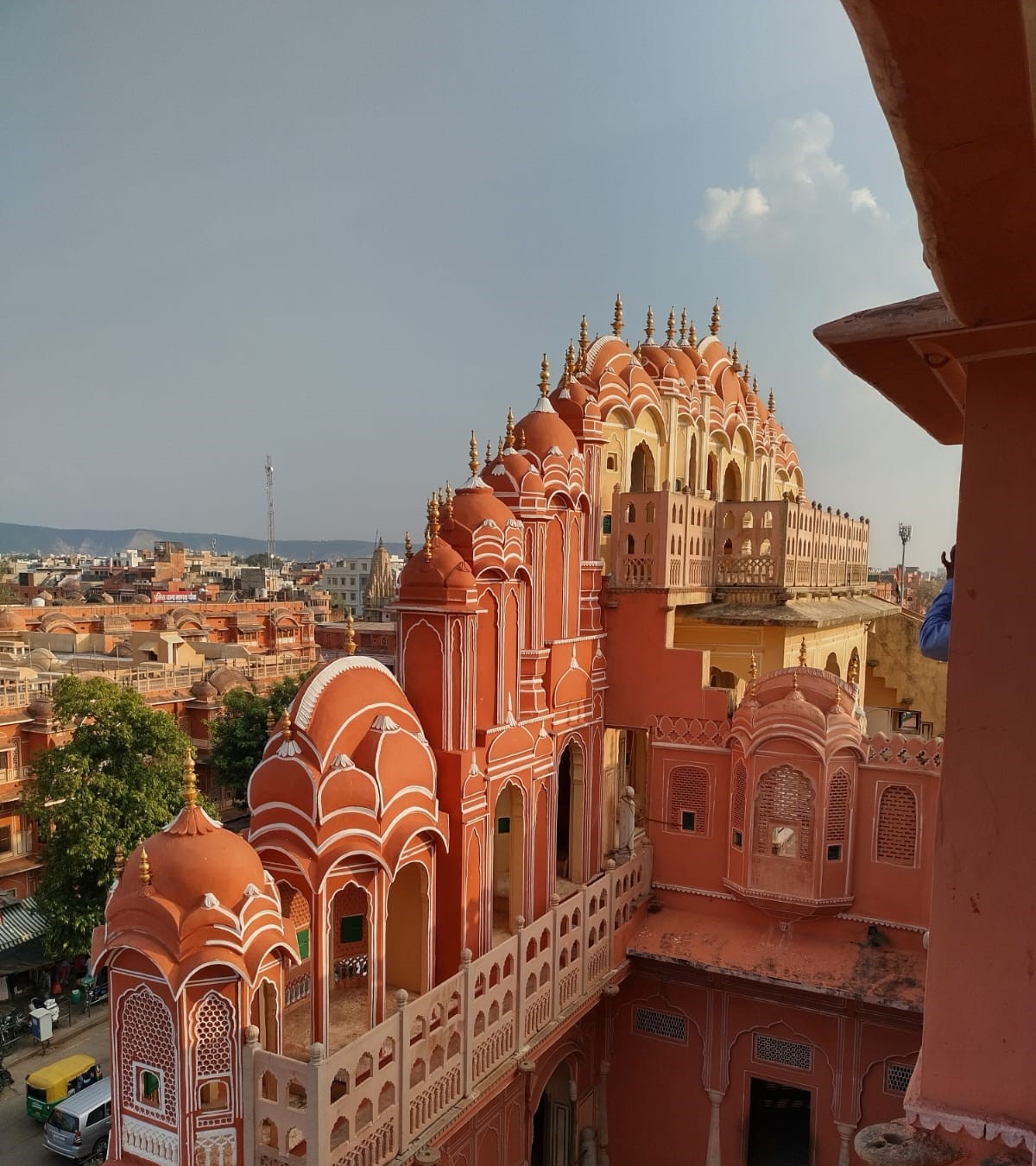
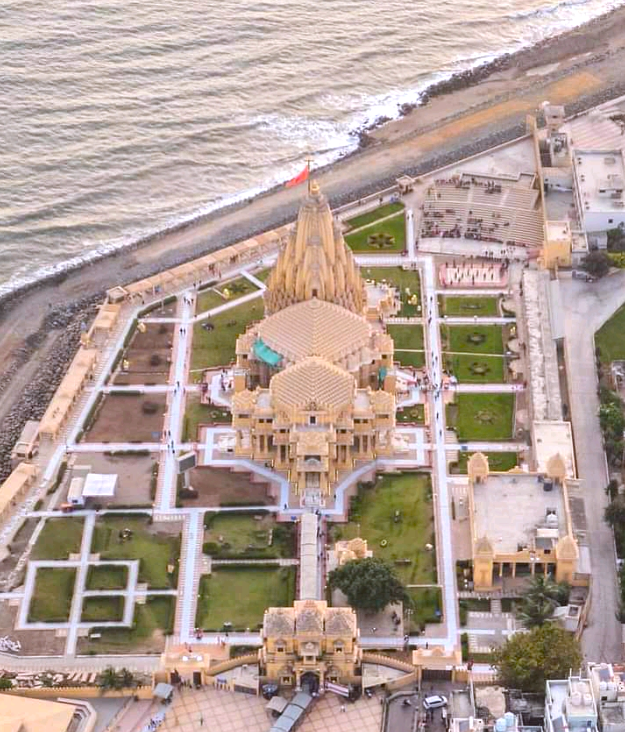





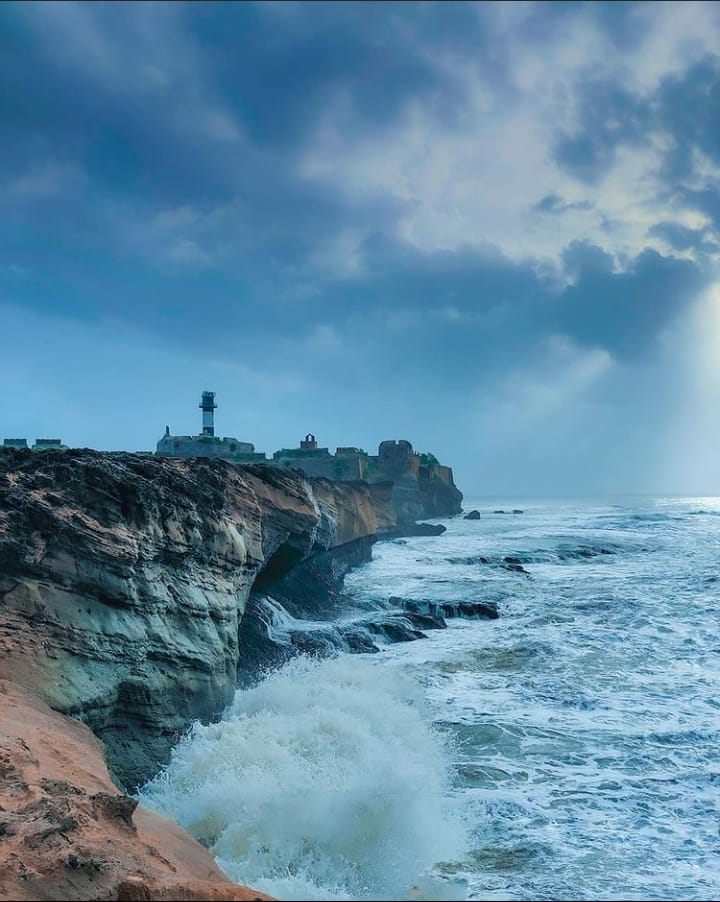
Leave A Reply